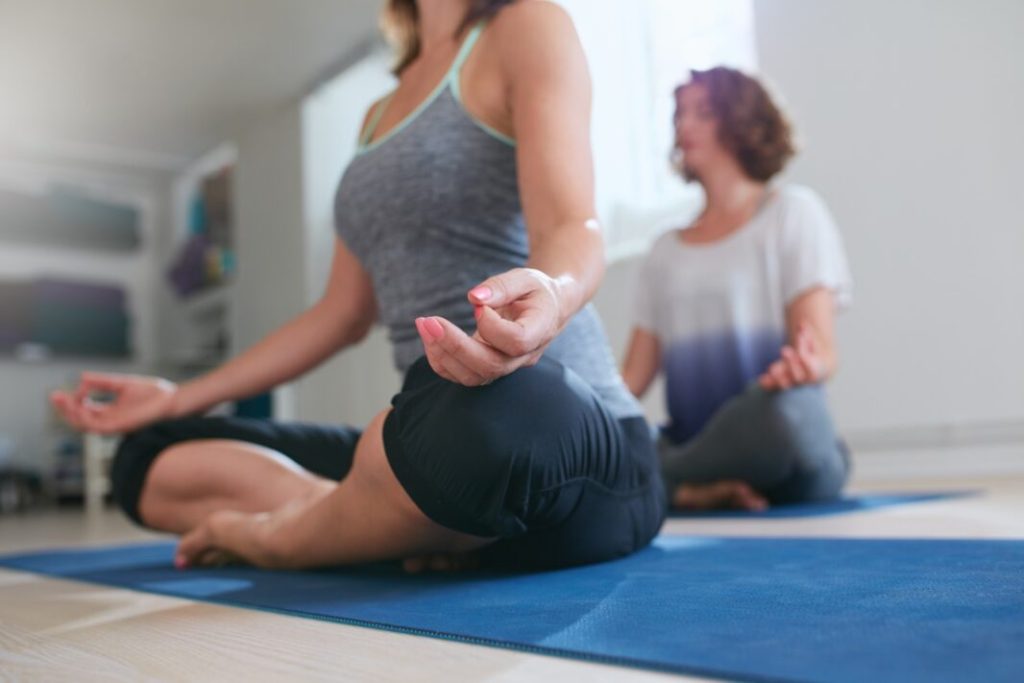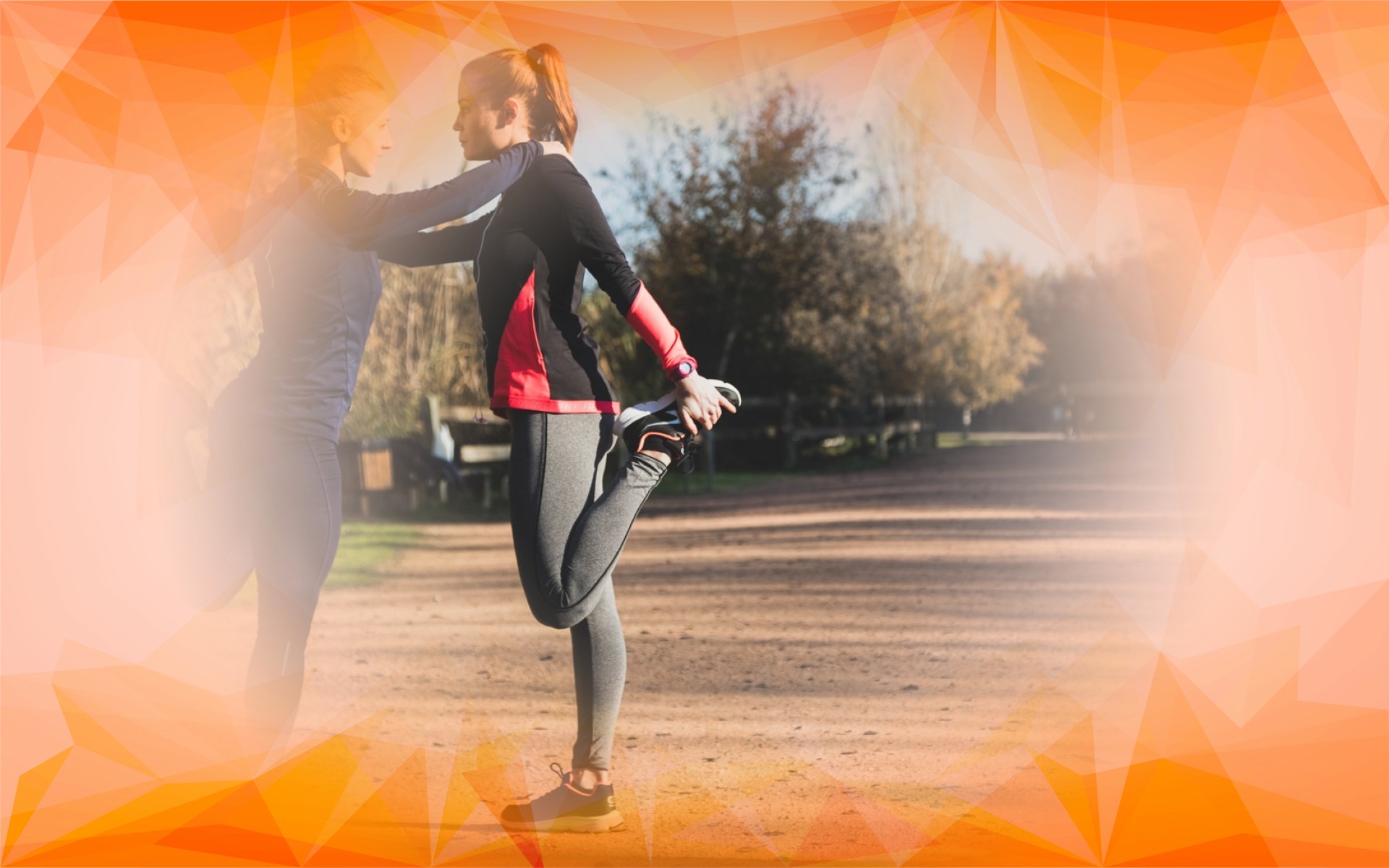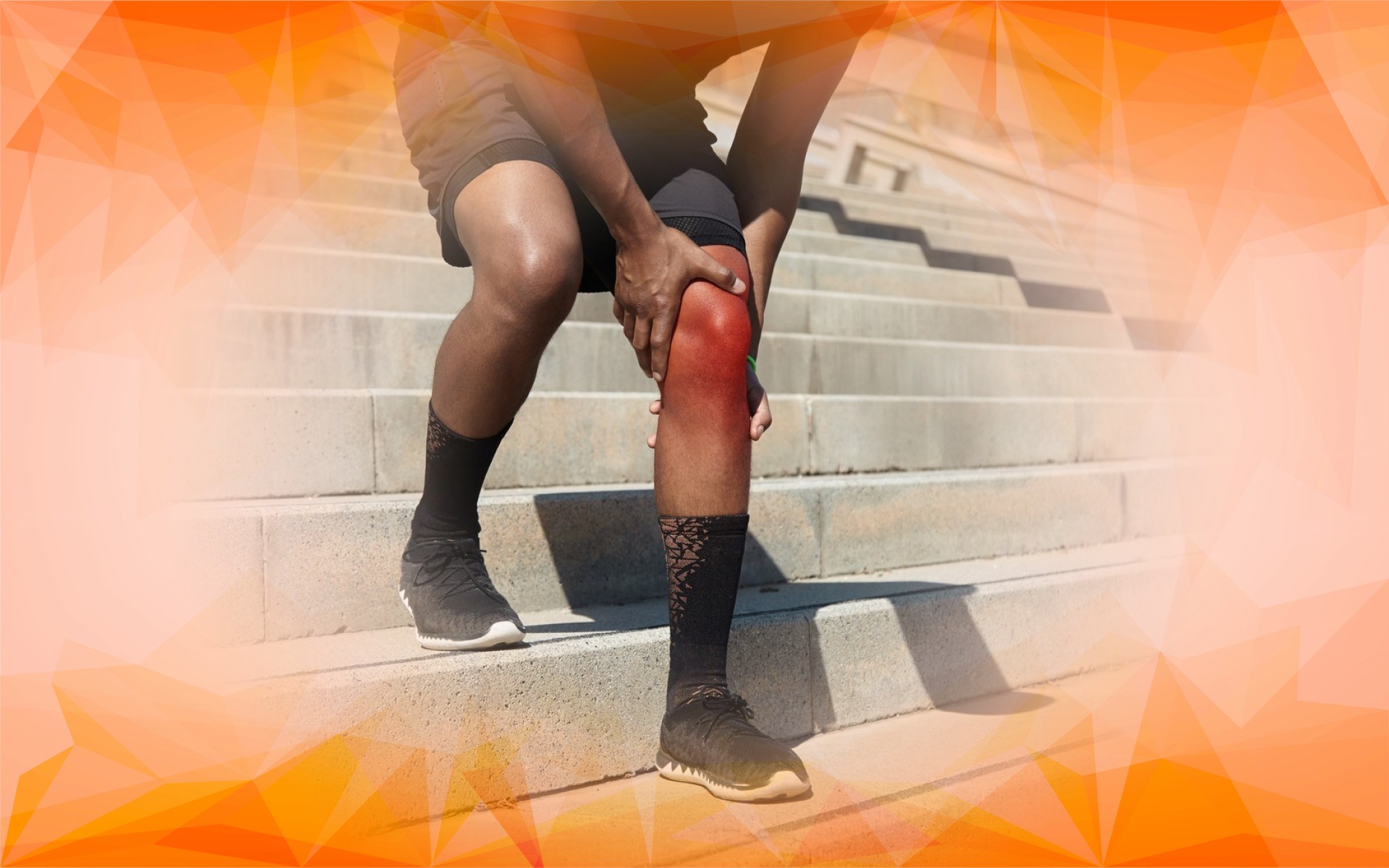Introduction: Understanding Knee Gel Injections
Knee gel injections are becoming an increasingly popular option for those living with osteoarthritis or persistent knee pain. These injections provide targeted relief by lubricating and cushioning the knee joint, helping to improve movement and reduce discomfort. Understanding what to expect from a knee gel injection can ease worries and boost your confidence before treatment. In fact, recent clinical studies suggest that polyacrylamide hydrogel, commonly known as Arthrosamid, “offers comparable short-term efficacy and modest advantage at 6 months. However, long-term superiority is limited.” This guide will walk you through everything you need to know—from preparing for the injection to aftercare and gradually getting back to your everyday activities—so you can feel well informed and supported throughout your recovery.
Preparing for Your Knee Gel Injection
Getting ready for your knee gel injection can make a real difference to how comfortable and successful your treatment will be. In the days before your appointment, speak with your healthcare provider about any medicines you’re taking. Some medications, like blood thinners , may need to be temporarily paused to reduce the risk of bleeding. You generally won’t need to fast beforehand, but wearing loose, comfortable clothing will make it easier for the medical team to access your knee and help you feel relaxed. Simple relaxation techniques—such as deep breathing or gentle stretches—can also help calm any nerves. It’s a good idea to arrange transport home after your appointment, just in case you feel a bit tender or uncomfortable. Making a checklist of these steps can help you stay organised and stress-free.
What to Expect During the Procedure
Knowing what happens during the injection can put your mind at ease. At your appointment, the healthcare professional will first clean the skin around your knee and may apply a local anaesthetic to numb the area and reduce any discomfort. They often use ultrasound imaging to guide the injection precisely into the joint, which helps ensure the gel is placed exactly where it’s needed. The whole procedure usually takes between 15 and 30 minutes. You might feel some pressure or a small sting, but serious pain is uncommon. According to recent research, patients saw their pain scores drop significantly within three months after injection, with “baseline median VAS [pain score] dropping from 7 to 3.” It’s also quite normal to experience mild swelling or tenderness immediately afterwards, which generally settles quickly.
Immediate Aftercare and Managing Side Effects
Taking proper care of your knee after the injection is important for a smooth and speedy recovery. For the first day or two, try to rest your knee as much as possible, avoiding any strenuous activities or putting too much weight on it. Applying ice packs in short bursts—about 15 minutes at a time—can help reduce any swelling and ease pain. When you’re sitting or lying down, keep your leg raised to aid circulation and comfort. If you need pain relief, over-the-counter medicines like paracetamol are usually recommended, but always check with your doctor first. Keep an eye out for any signs of infection, such as increasing redness, warmth, or severe pain around the injection site, and contact your healthcare professional if you notice these. Following these aftercare tips can really make a difference in your recovery experience.
Gradually Returning to Daily Activities and Exercise
Getting back to your usual daily activities should be a gradual process, taking cues from your comfort levels and recovery progress. Most people find they can resume gentle walking within a few days after the injection, but more demanding exercises , such as running or heavy lifting, should generally be avoided for at least a week or two. Your physiotherapist may recommend low-impact exercises to help improve joint flexibility and strengthen the muscles supporting your knee. Importantly, a recent study noted that patients receiving polyacrylamide hydrogel “showed the highest patient acceptable symptom state rates (72%, 54%, and 42% at 3, 6, and 12 months),” indicating sustained satisfaction and improvement over time. When you feel ready to drive again, be sure you’re comfortable and in full control of the vehicle. Always follow the personalised advice from your healthcare team, as everyone’s recovery journey is unique. Sticking to these recovery tips will help you regain strength safely and avoid setbacks.
Conclusion: Empowering Your Recovery Journey
A successful knee gel injection experience is built on good preparation, understanding the process, and following aftercare guidelines carefully. By staying informed and proactive, you can boost your comfort and get the most from your treatment. Remember, it’s perfectly normal to have questions or need extra support, so don’t hesitate to reach out to your healthcare provider. With the right knowledge and care, you’ll be on the path to improved knee function and greater quality of life in the weeks ahead.
References
Aykaç, B., Dinç, M., Nar, Ö. O., Karasu, R., & Bayrak, H. Ç. (2025). Comparative efficacy of polyacrylamide hydrogel versus hyaluronic acid and corticosteroids in knee osteoarthritis: A retrospective cohort study. Medicine, 104(38), e44655. https://doi.org/10.1097/md.0000000000044655
Frequently Asked Questions
At AMSK Clinic, knee gel injections use advanced hydrogel to lubricate and cushion the joint, targeting pain and improving mobility. The clinic’s experience in performing these treatments ensures individualised care and excellent support throughout your recovery journey.
During the procedure, AMSK Clinic specialists clean your knee and use local anaesthetic for comfort. Guided by ultrasound, the gel is injected precisely, usually completed within 15–30 minutes. Their expertise helps ensure the process is efficient, safe, and as comfortable as possible.
After treatment, AMSK Clinic recommends resting your knee and applying ice to manage swelling. The team provides tailored aftercare advice and closely monitors your progress, promoting a smooth, supported recovery with guidance available whenever you need reassurance.
Most patients at AMSK Clinic can resume gentle walking within days, but more demanding exercise should wait. The clinic’s physiotherapists personalise advice to help restore knee function safely, ensuring you strengthen your knee appropriately and reduce the risk of complications.
AMSK Clinic stands out for its expertise in using Arthrosamid® injections, delivering evidence-based, patient-centred care. The clinic’s team combines extensive experience with a supportive approach, giving you confidence throughout your treatment and ongoing recovery process.



